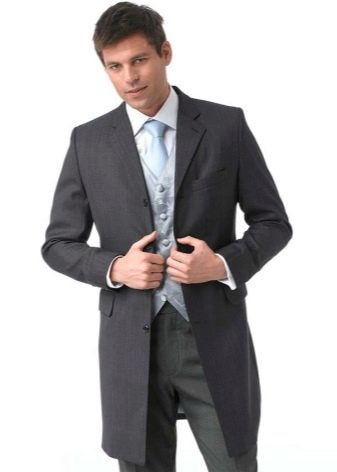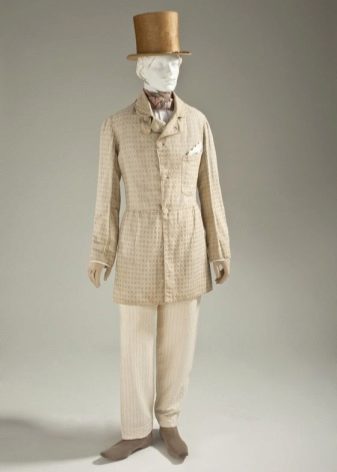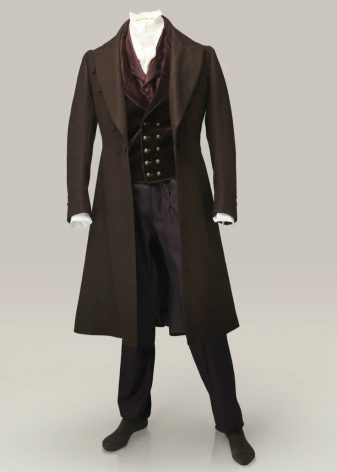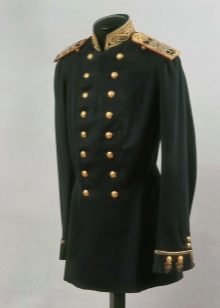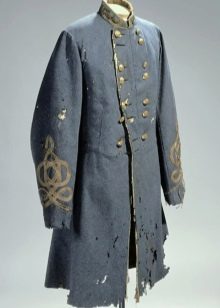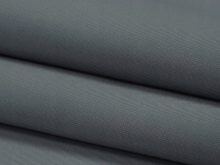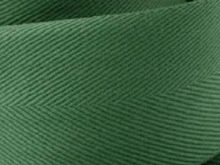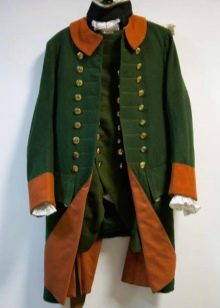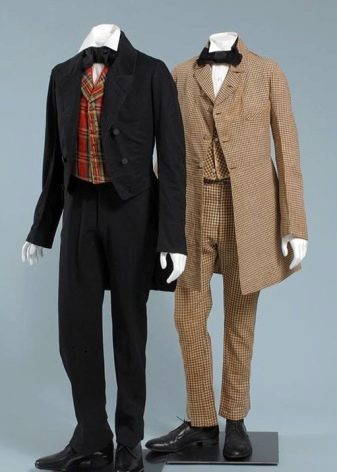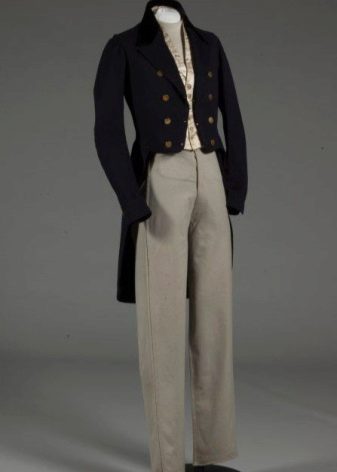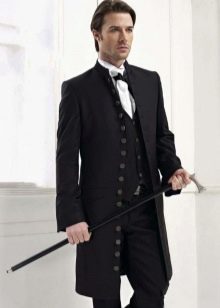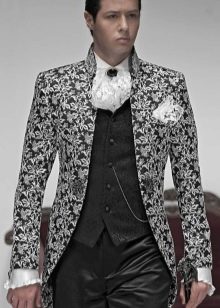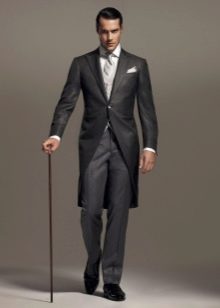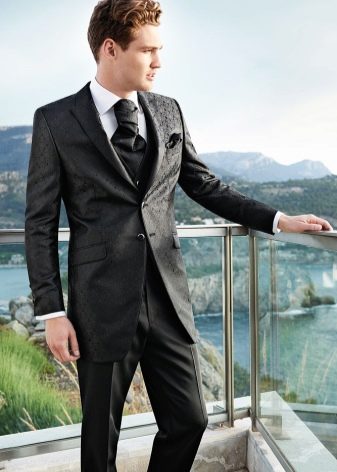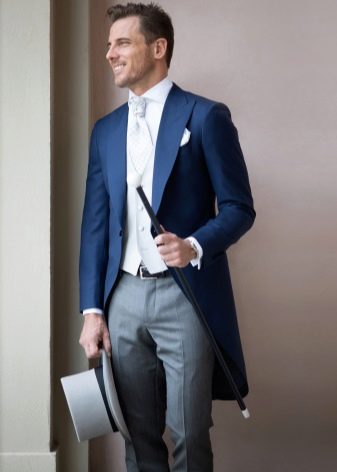Men's frock coats - history and modernity
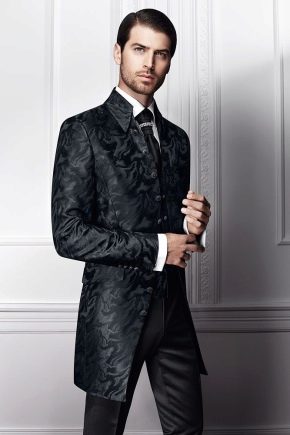
It's very interesting to watch the changes in fashion. Only after learning the history of the appearance of things, you can understand why a wardrobe item looks like this, and not differently, how this or that detail appeared. Consider options from a frock coat to a classic men's business jacket today.
Jacket of the XIX century
A coat (surtout) in French means a wide outer garment. This piece of clothing for men of the 19th and early 20th centuries is a long, narrowed at the waist, single-breasted (sometimes double-breasted) knee-length jacket. In Russia, the frock coat appeared at the beginning of the 19th century, was considered the basis of an elegant men's suit, was worn with a vest and long trousers or pantaloons. It was he who became the prototype of other items of men's outerwear. From him came a tailcoat, a tuxedo, a modern jacket, a business card.
At one time, the frock coat was very popular, it was the main element of men's casual wear for the middle and upper class.
The length was determined by the fashion trends of that time, the knee length was considered standard, but there were variants of this garment just above the knee or below it. The position of the waist and additional details in the product were also dictated by fashion.
In accordance with it, the shape and length of the sleeve were constantly changing (narrowed or wide, with a bell at the bottom or with puffs). The frock coats were worn not only by townspeople, but also by the military, civil servants, officials, lovers of hunting and horseback riding. For each department, its own form was developed. But invariably, a few details remained in the model that characterized and generalized this garment, regardless of who wore it.
A row of front buttons must be present in the product, which starts from the neckline or middle of the chest and ends at the waist, two buttons adorned the back of the waistline.
The evolution of this fashionable item has taken many decades. So, at the beginning of the 19th century, a single-breasted version came into fashion, with puffy puffs - sleeves. In the middle of the century, a frock coat with a clasp like that of the military was in fashion - a long track of buttons in two rows. At the beginning of the 20th century, it was transformed into a subject for morning business and private visits. In this version, the sides from the waistline diverge in different directions and taper downward, the back of the product is up to the knees.
A wide variety of fabrics made from natural threads were used for sewing. Most often, the product was sewn from:
- chalon - light woolen fabric, which, due to a special diagonal weave of threads, had the same appearance both from the outside and from the inside;
- camlot - natural camel or angora wool with the addition of natural silk thread, the fabric turned out to be very delicate and loose, while cheap versions of kamlot fabric were made from simple cotton fiber, and such a frock coat cost much less;
- caseinet - fabrics made of woolen or cotton threads.
Military jackets were made of thick, high-quality woolen cloth.
When choosing a color, tailors were guided by the target orientation of the product.
The military was almost always dark green with added red or cherry on the cuffs and stand-up collar. For the townspeople, the main colors are lingonberry, cherry, green, black, gray. In the second half of the 19th century, models in a beige, silver-bluish, white color palette are gaining popularity.
Variants at the turn of the XIX-XX centuries
Over time, the frock coat, as an item of men's wardrobe, has evolved and changed in accordance with the current fashion trends of that time. Black loose or slightly fitted frock coats came into fashion, against which a snow-white shirt and a beautiful monophonic or contrasting vest stood out. The product was double-breasted, with a large or small turn-down collar, longer, since at the turn of the century a slender fit figure came into fashion.
The coat gradually changed in shape and cut, slowly turning into a modern men's jacket, which in its appearance resembles the principles of the structure of its ancestor, only shorter, slightly fitted, without puffs and cuffs. The evening version of the frock coat was a tailcoat, and for making visits and visits - a business card. By the beginning of the 20th century, the cut of the product itself, the material, the buttons became more laconic and restrained. Black came into vogue.
The coat of our days
As an item of men's wardrobe, a modified frock coat is still in demand today. True connoisseurs of this thing are happy to wear it for festive and business events.
The length of a modern frock coat covers the line of the hips or reaches the middle of the knee, more often it is a single-breasted version with a clasp of several buttons.
As an evening version, the frock coat can be double-breasted with two vertical rows of buttons covered with the same fabric from which the frock coat is sewn. The collar here is a small turn-down or in the form of a small stand. Such a product looks elegant and stylish.
In the modern version, the product has pockets located along the waist line, with flaps or welt into a frame. In some versions of a modern frock coat, there is a small pocket on the right side, in which you can place a men's scarf to match the product.
Watch the history of the men's suit in the video below.
